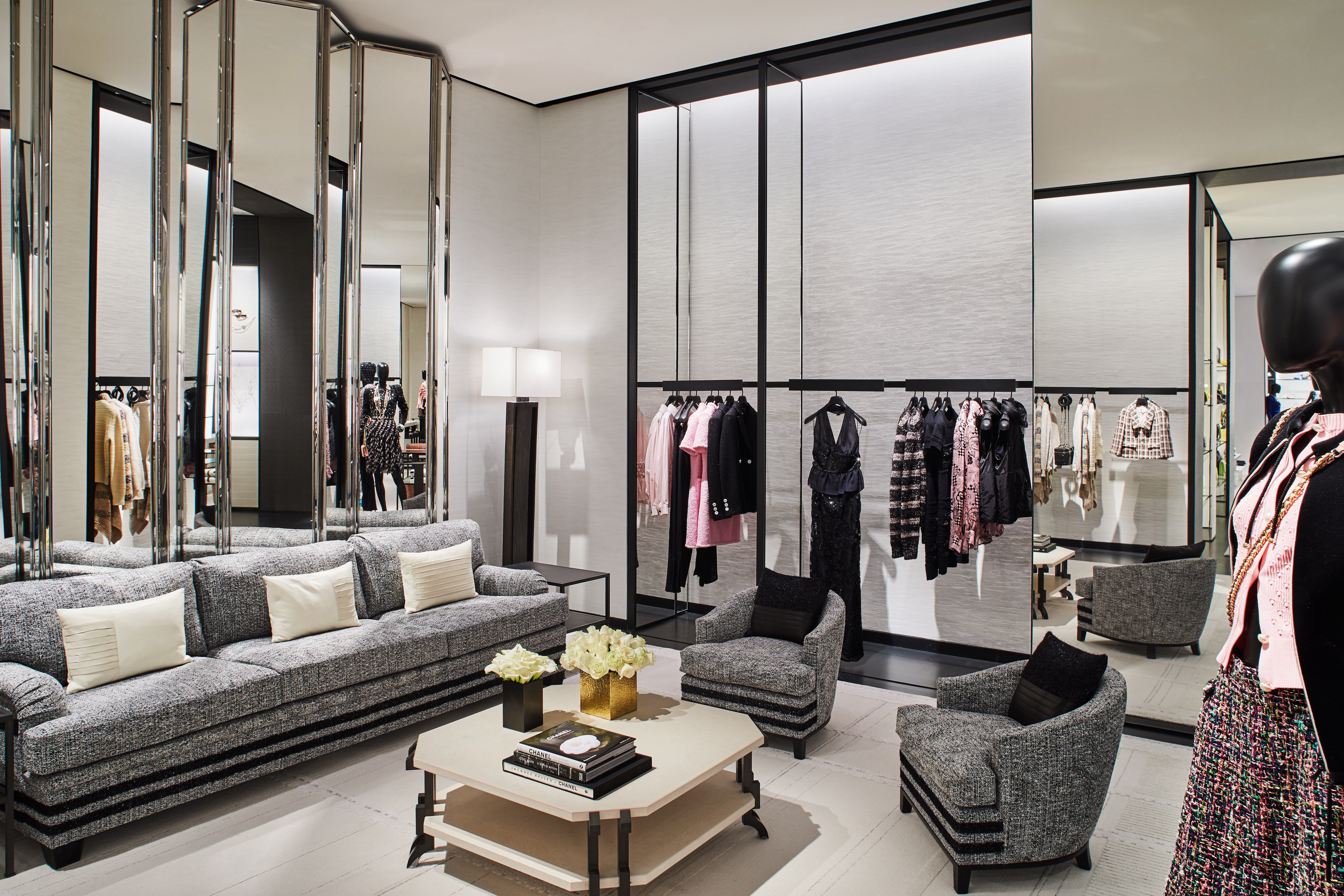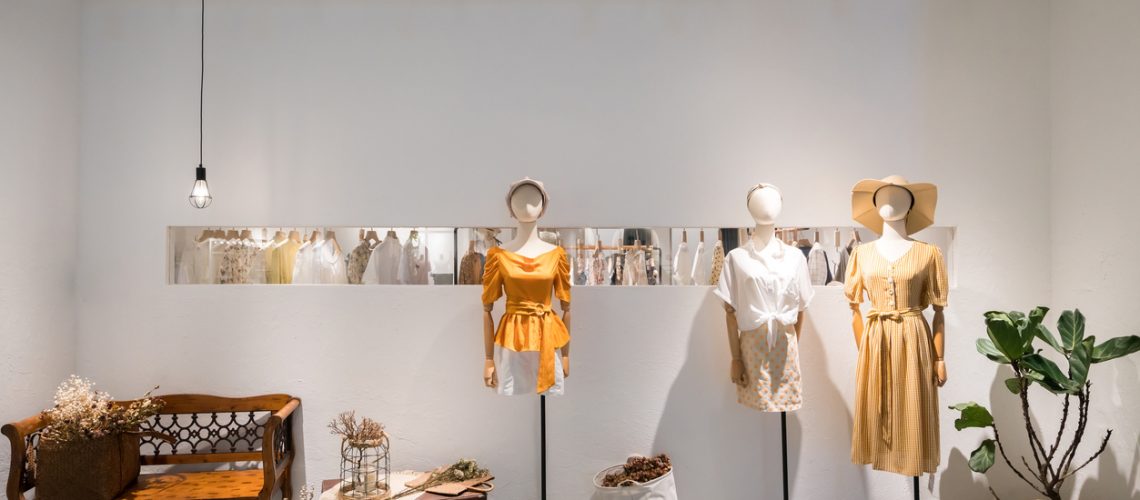Discover the most up to date Patterns in Boutique Fashion for Every Season
Discover the most up to date Patterns in Boutique Fashion for Every Season
Blog Article
A Deep Study the World of High-Fashion Runways: Comprehending Clothing as Art
Designers, a lot like masterful artists, weave intricate stories via textile, type, and shade, challenging standard norms and redefining elegance criteria. As we check out these sartorial eyeglasses, we must contemplate: what function does style play in forming social values, and how does it mirror the ever-changing tapestry of human feeling and identity?
The Development of Runway Shows
The trajectory of path programs has actually transformed significantly over the years, developing from special market events to fascinating spectacles that blend style with art. Traditionally, runway shows were intimate events, kept in ateliers or tiny locations, mostly participated in by customers and sector experts. These early presentations concentrated on the garments' craftsmanship and commercial stability, using a direct and useful display screen of seasonal collections.
As the fashion market broadened, the nature of path shows began to alter. The 1970s and 1980s noted a transforming point, with developers seeking to differentiate themselves via even more theatrical presentations. This period saw the rise of sophisticated sets, choreographed versions, and thematic narratives, advertising a brand-new age where the path came to be an experiential platform. The shows transformed into a form of storytelling, where each collection communicated a distinct narrative or concept.
In the last few years, technology and social media sites have actually even more changed runway programs, making them obtainable to a worldwide audience. Livestreaming and electronic platforms have actually equalized style, permitting lovers worldwide to witness these occasions in real-time (boutique fashion). This development shows a wider social shift, where high-fashion paths serve as a vibrant junction of efficiency, design, and advancement
Designers as Visionary Artists
Developers in the high-fashion sector have obscured the lines in between functional garment creation and the theoretical world of art. By accepting creative self-controls such as sculpture, painting, and avant-garde installments, designers craft garments that challenge standard style norms and raise them to art types.
Visionary designers draw motivation from a myriad of sources, consisting of abstract art, historical referrals, and individual stories. They possess a distinct capability to picture and materialize concepts that push the limits of conventional style, typically redefining aesthetic standards at the same time. This creative ingenuity is showcased via remarkable silhouettes, cutting-edge products, and complex craftsmanship, which invite audiences to experience style as greater than just wearable items.
Additionally, the path acts as a canvas for these artists, where illumination, songs, and established design coalesce to develop immersive experiences. These presentations are not merely displays of clothing however are coordinated performances that evoke emotion and prompt thought, affirming the designer's function as a real artist in the modern cultural landscape.
Cultural Influences in Style
Social tapestry weaves its detailed patterns right into the fabric of fashion, affecting developers internationally. The dynamic interchange of social stories, customs, and icons notifies and motivates collections that poise high-fashion paths. Developers meticulously draw from their heritage or engage with cultures distinctive from their own, crafting garments that function as aesthetic narratives. This cultural dialogue not only enhances the visual diversity but likewise cultivates a much deeper understanding and admiration of worldwide identifications.
The influence of culture on fashion is frequently seen in the reinterpretation of conventional garments and patterns. For instance, using Japanese robes, Indian saris, or African prints in modern style shows a mix of discover this info here cultural authenticity and modern aesthetic appeals. Designers such as Valentino's Pierpaolo Piccioli and Alexander McQueen's Sarah Burton have been known to integrate abundant cultural motifs right into their couture collections, translating background right into wearable art.

Advancement in Textile and Design
Technology in fabric and layout constantly reshapes the landscape of high-fashion, pushing borders and redefining opportunities. Developers are significantly discovering the integration of innovation, such as 3D printing, which enables for the production of complicated structures that were previously unbelievable.
The style industry is observing a rise in the usage of environment-friendly materials, derived from recycled plastics, natural fibers, and also Get the facts naturally degradable components. Developers are embracing these products to craft garments that are both aware and aesthetically striking of their environmental footprint.
In regards to layout, speculative forms and progressive silhouettes are constantly revolutionizing the runway. By including innovative techniques and non-traditional materials, developers cultivate garments that obscure the line between style and art, establishing brand-new standards for creative thinking and expression in the high-fashion round.
Influence of Style on Society
Fashion wields a profound influence on culture, functioning as both a reflection of social identification and a stimulant for social adjustment. Via its advancement, style has mirrored societal shifts, enveloping the zeitgeist of numerous eras. For example, the flapper gowns of the 1920s embodied a newfound sense of women's liberation, while the vibrant prints of the 1960s echoed the innovative spirit of the moment. High-fashion runways, particularly, act as platforms for difficult norms and redefining charm requirements. Developers use these venues to resolve pressing social problems, from sustainability to variety, consequently forming public discourse.
In addition, style has the power to bridge cultural voids, promoting understanding and gratitude among diverse teams. As globalisation increases, the cross-cultural exchange of style ideas ends up being significantly significant, advertising inclusivity and variety. The increase of streetwear, stemming from urban subcultures, over at this website shows how style can go beyond socio-economic borders, granting people a method of self-expression and empowerment.
Essentially, fashion is not simply concerning looks; it is a vibrant pressure that affects worths, perspectives, and societal progress (boutique fashion). By continually communicating with social and social currents, fashion stays an indispensable component of the cumulative human experience

Conclusion
Designers, akin to visionary artists, manage collections that mirror identification, emotion, and cultural narratives, challenging conventional aesthetic appeals. This junction of fashion and creativity not only astounds audiences around the world however additionally influences social assumptions and advertises a much deeper recognition for social diversity.

Cultural tapestry weaves its elaborate patterns into the material of fashion, affecting designers globally.Fashion possesses an extensive impact on culture, offering as both a representation of social identity and a stimulant for social change.
Report this page